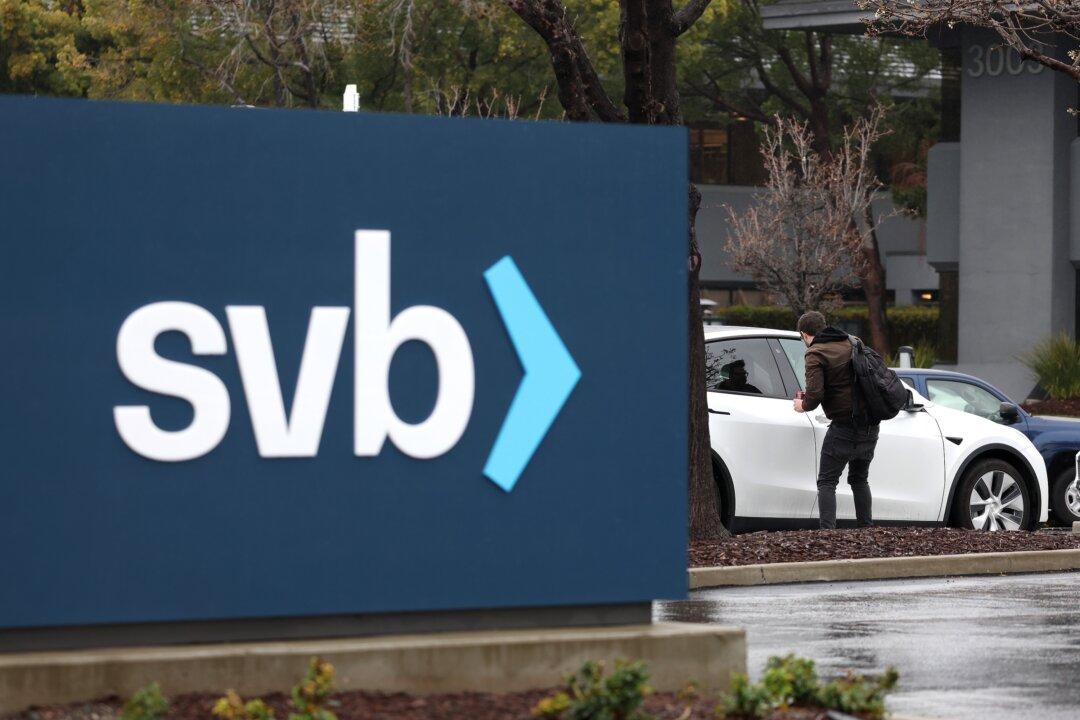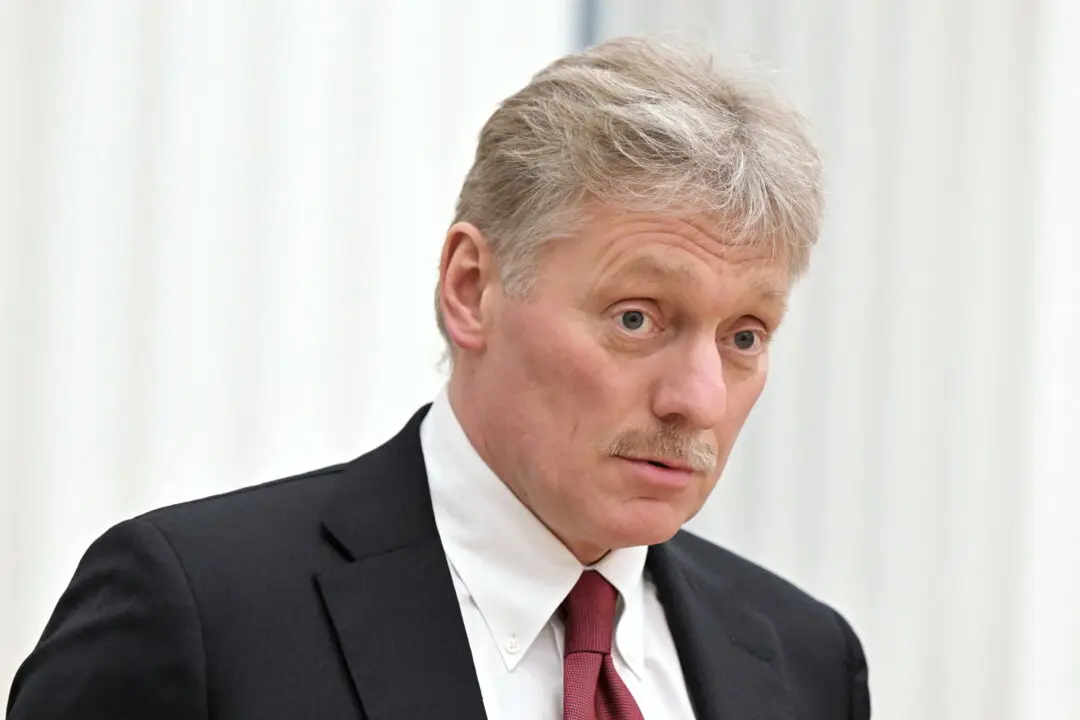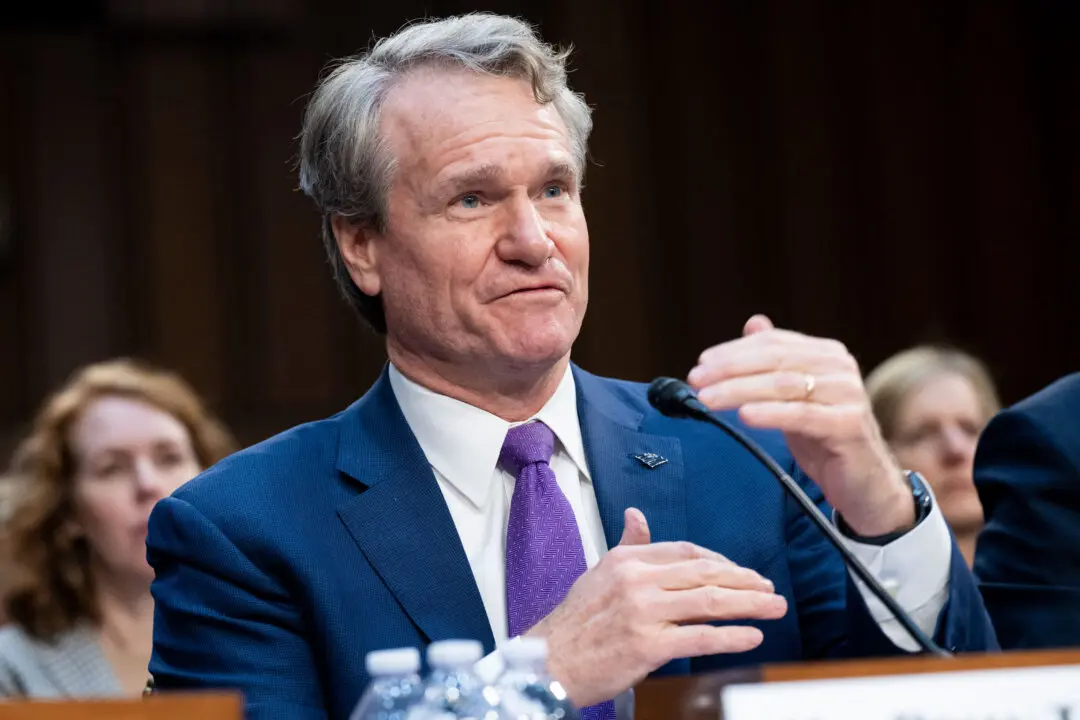Documents show that the CEO of Silicon Valley Bank (SVB) sold $3.6 million in shares of the failed financial institution’s parent company several weeks before its collapse—the biggest U.S. bank failure since 2008 that sent a shudder of anxiety across markets.
A filing with the Securities and Exchange Commission (SEC) shows that Greg Becker, who joined SVB as a loan officer three decades ago before becoming CEO about a decade later, sold 12,451 shares of the bank’s parent company SVB Financial Group on Feb. 27.





